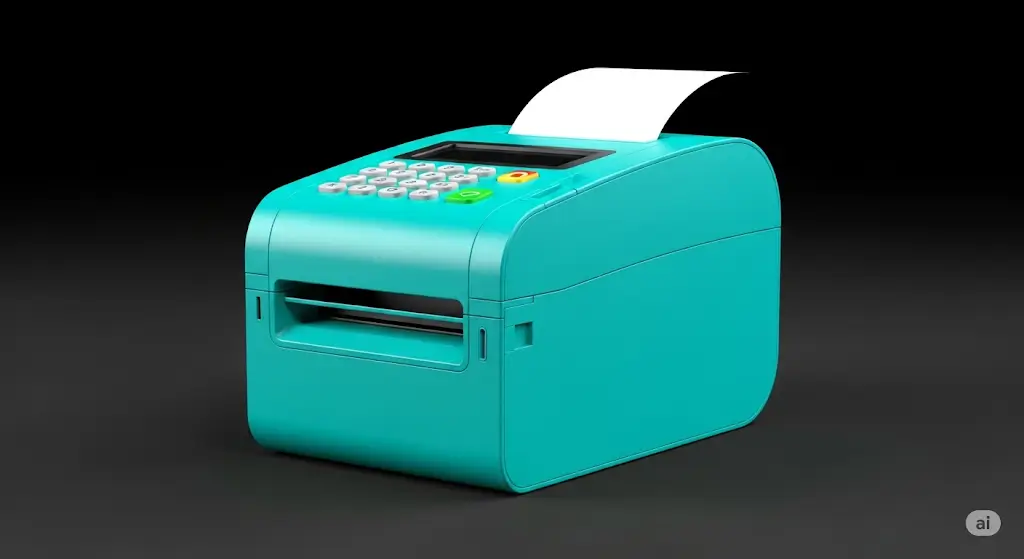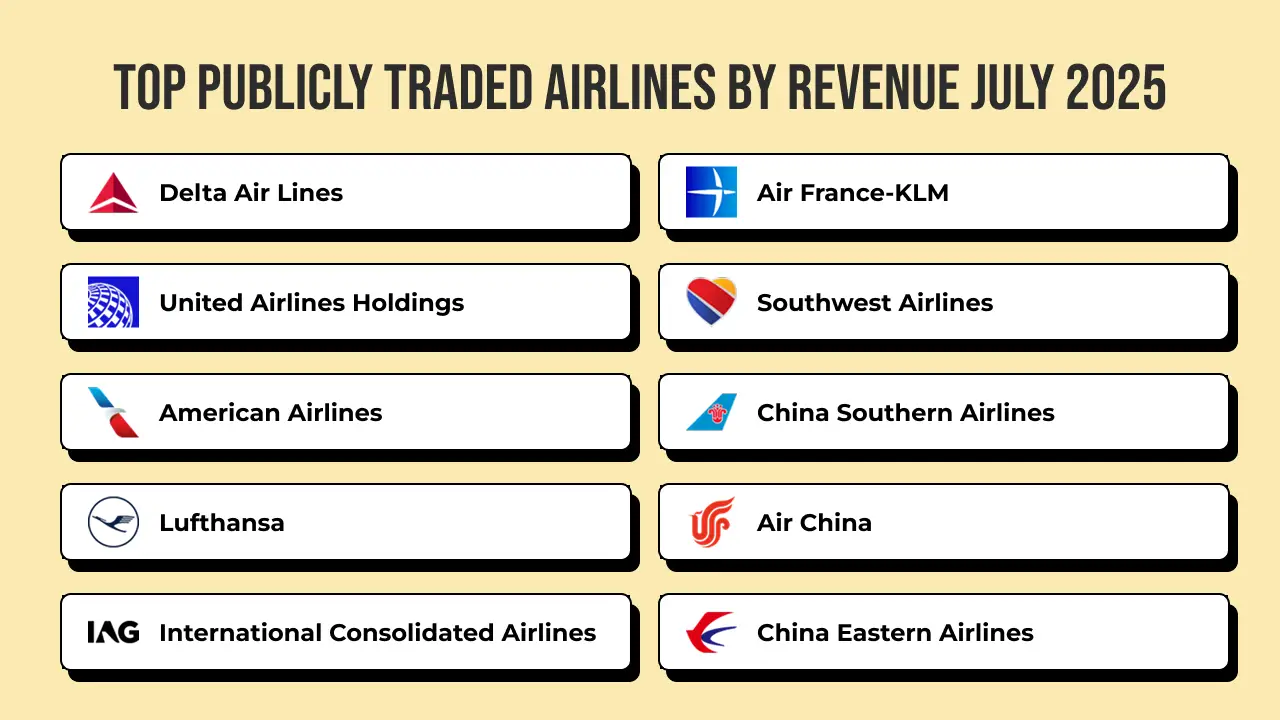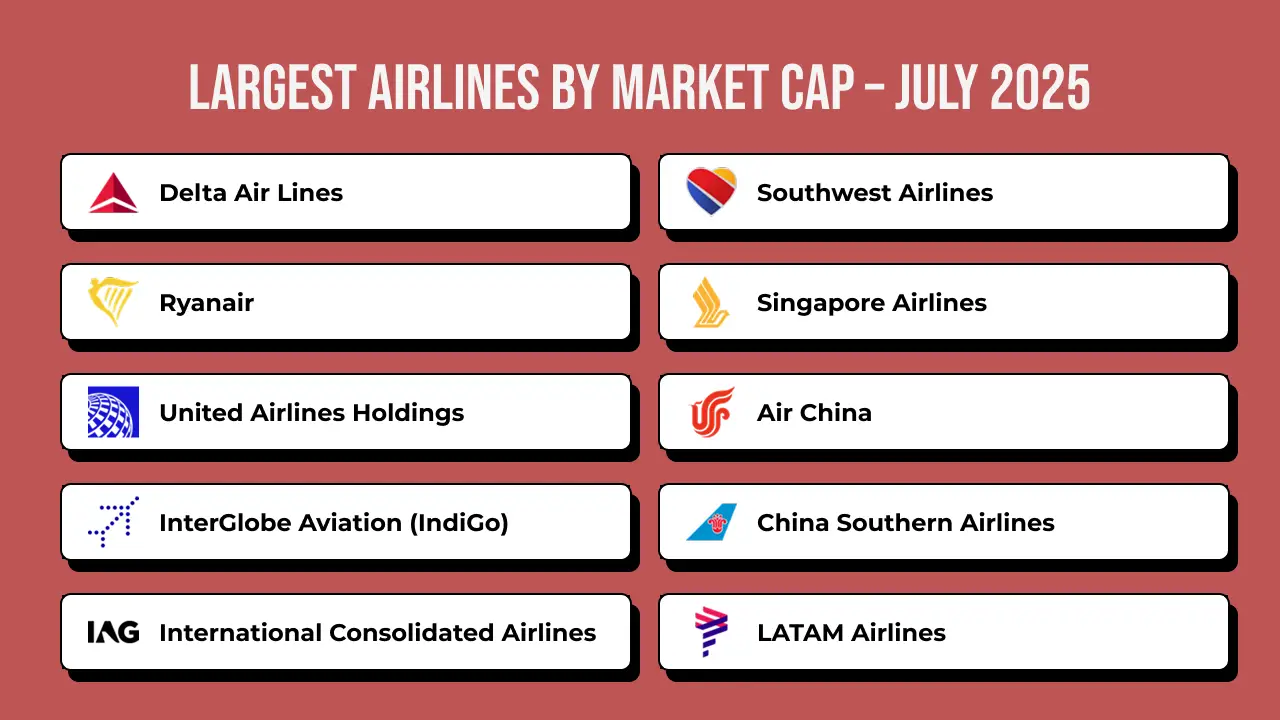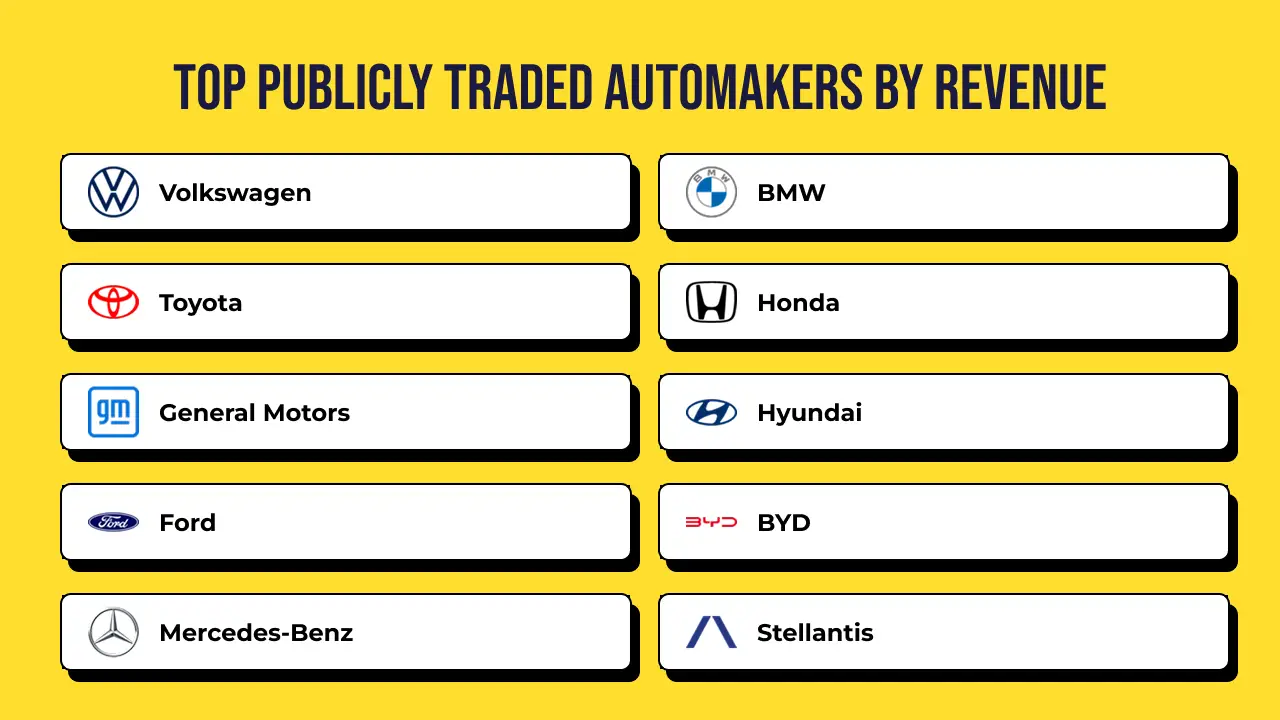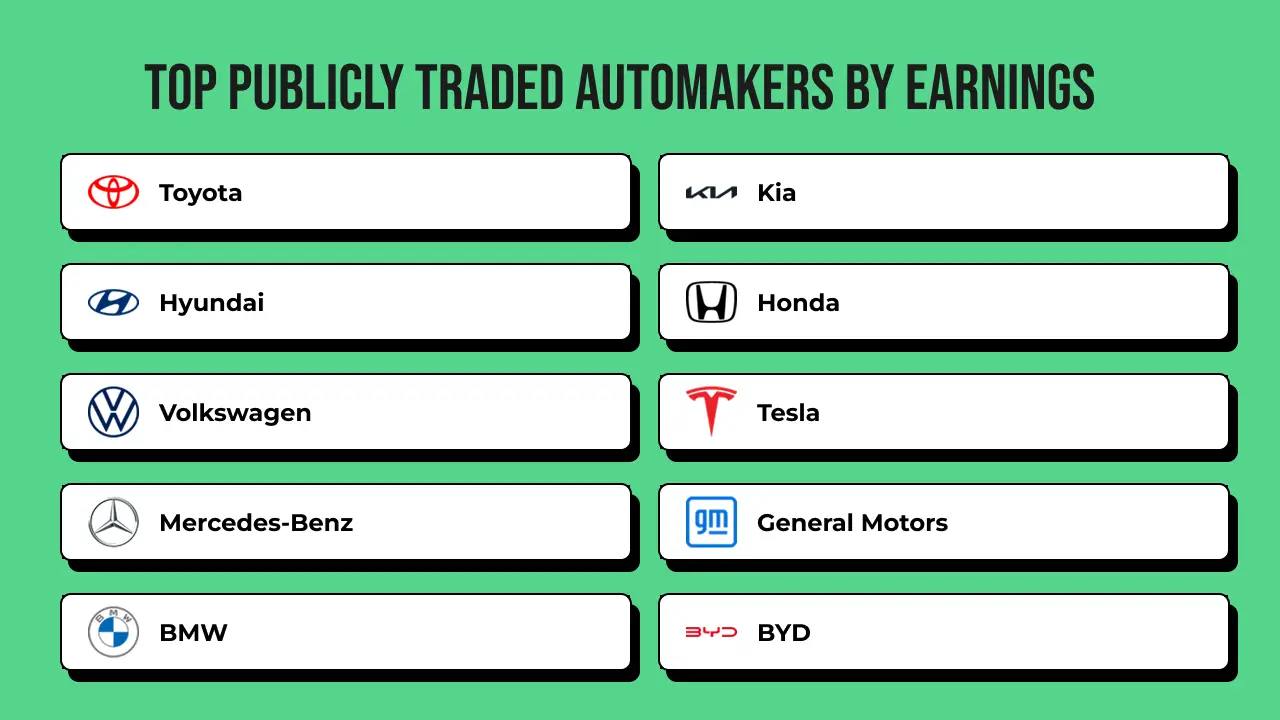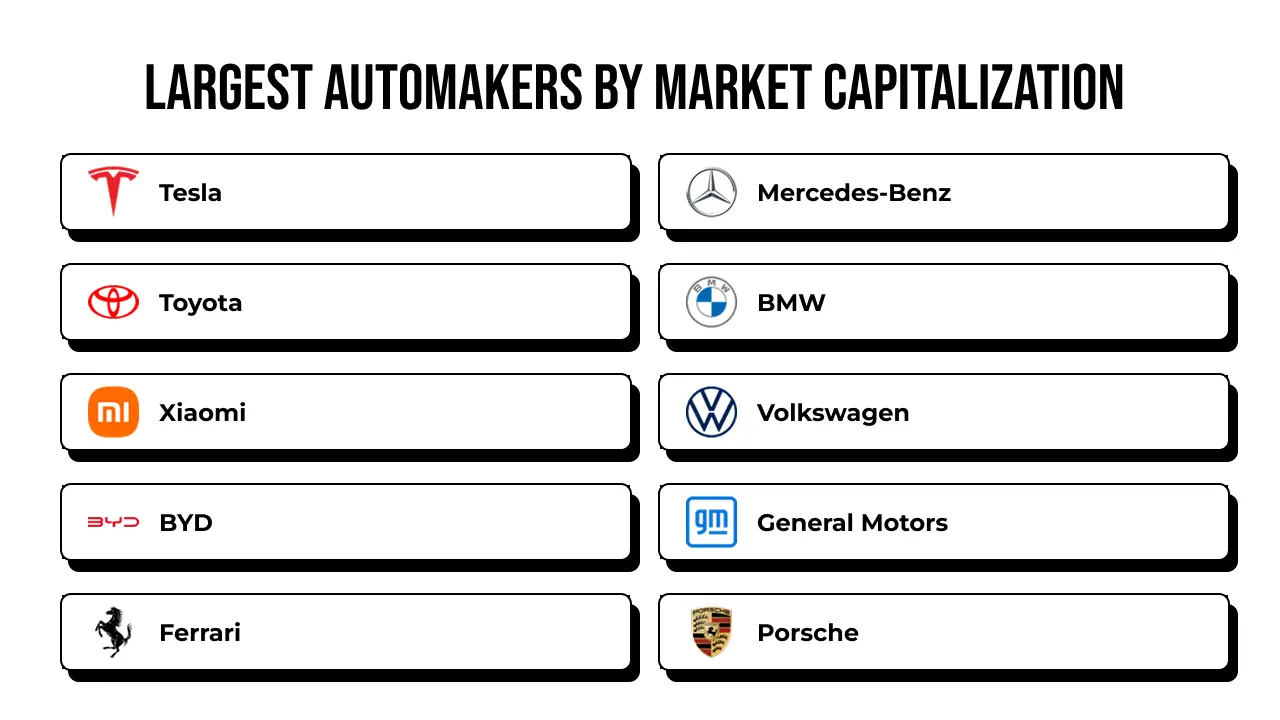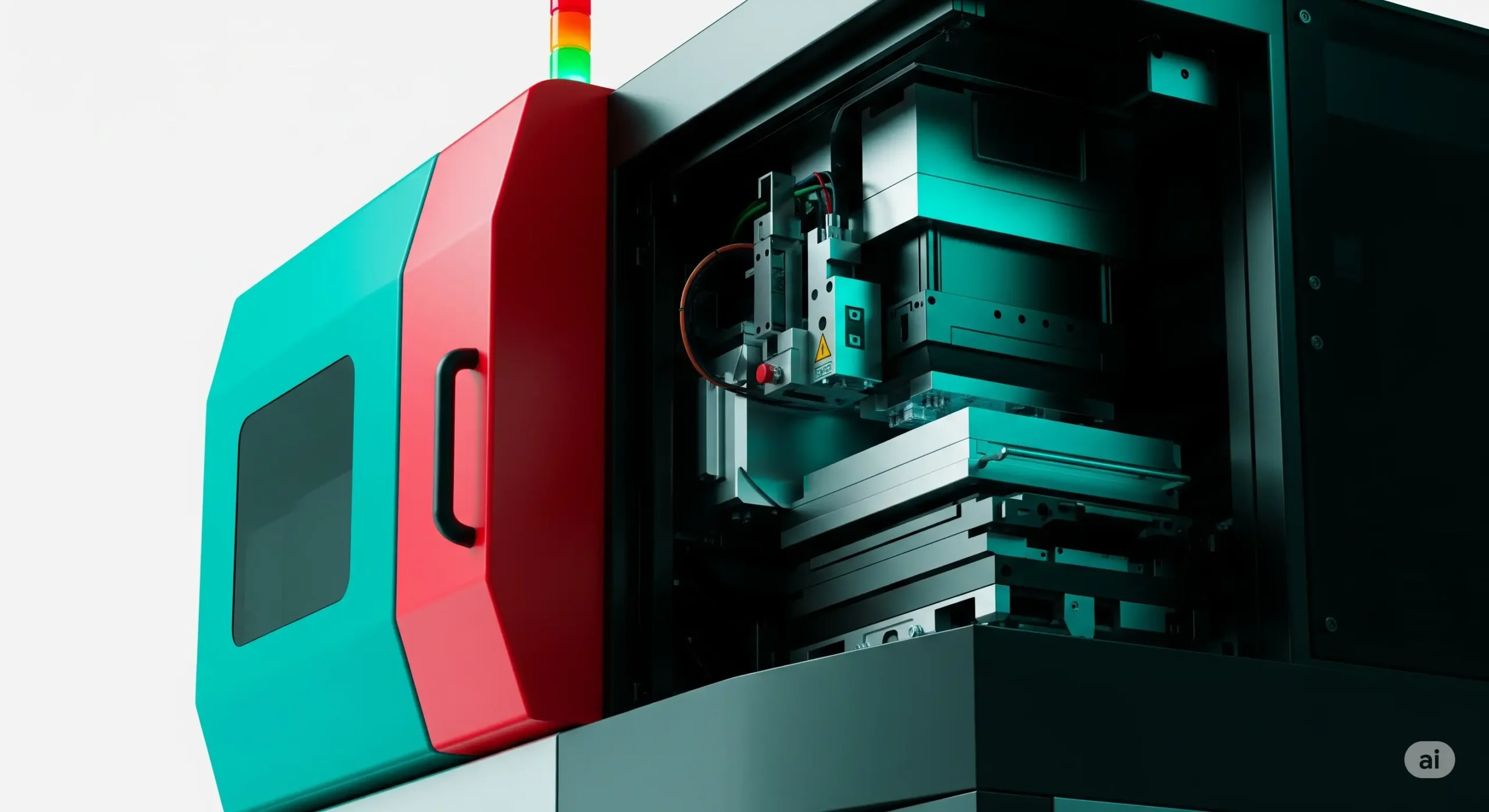I’ve been diving into the POS printer market, and it’s fascinating to see its growth trajectory. In 2024, the global market for point-of-sale (POS) printers was valued at approximately $3.8 billion, and it’s projected to reach $5.2 billion by 2030, growing at a compound annual growth rate (CAGR) of around 5.4%. This steady rise is driven by the increasing adoption of POS systems across retail, hospitality, and healthcare sectors, where efficient transaction processing is critical. The demand for compact, high-speed printers that integrate seamlessly with modern payment systems is fueling this expansion. Additionally, the shift toward digitalization in small and medium-sized businesses, coupled with the rise of e-commerce and omnichannel retailing, is pushing merchants to upgrade their POS infrastructure. Emerging economies, particularly in Asia-Pacific, are contributing significantly to this growth as they embrace advanced retail technologies.
When I explored the market segments, I found that POS printers are primarily categorized by type—thermal, impact, and inkjet—and by application, such as retail, hospitality, and healthcare. Among these, thermal printers hold the largest market share, accounting for over 60% in 2024. Their dominance comes from their speed, reliability, and low maintenance costs, making them ideal for high-volume retail environments like supermarkets and convenience stores. Retail applications lead the market due to the sheer volume of transactions in this sector, but hospitality, including restaurants and hotels, is catching up as businesses prioritize quick service and customer satisfaction. Mobile POS printers are also gaining traction, especially for on-the-go transactions in food delivery and pop-up stores, reflecting the market’s shift toward flexibility and mobility.
Looking at the competitive landscape, I noticed several key players driving innovation. Companies like Epson, Star Micronics, Zebra Technologies, HP, and Bixolon are at the forefront. Epson leads with its extensive portfolio of thermal printers, known for their durability and integration capabilities. Star Micronics follows closely, excelling in mobile and cloud-based printing solutions. Zebra Technologies stands out for its rugged, high-performance printers tailored for demanding environments. These companies dominate due to their focus on R&D, strategic partnerships, and global distribution networks. Smaller players are also emerging, particularly in Asia, offering cost-effective solutions to capture price-sensitive markets.
Geographically, I found that North America holds the largest share of the POS printer market, driven by its advanced retail infrastructure and high adoption of POS systems. The United States, in particular, leads due to its massive retail and hospitality sectors. Asia-Pacific is the fastest-growing region, with countries like China, India, and Japan investing heavily in retail modernization. China’s rapid urbanization and India’s expanding small business ecosystem are key growth drivers. Europe, led by the UK and Germany, remains a steady market, while Latin America and the Middle East are showing promising growth as digital payment adoption rises.
The latest innovations in the POS printer market are exciting. I came across advancements like cloud-connected printers that enable real-time data syncing and remote management, a game-changer for multi-location businesses. Eco-friendly printers with energy-saving features and recyclable materials are also trending, aligning with sustainability goals. Another key trend is the integration of AI-driven analytics into POS systems, allowing printers to generate receipts with personalized promotions. Compact, wireless printers are becoming popular for their portability, especially in mobile commerce. These trends reflect the industry’s move toward smarter, greener, and more connected solutions, shaping the future of retail transactions.

